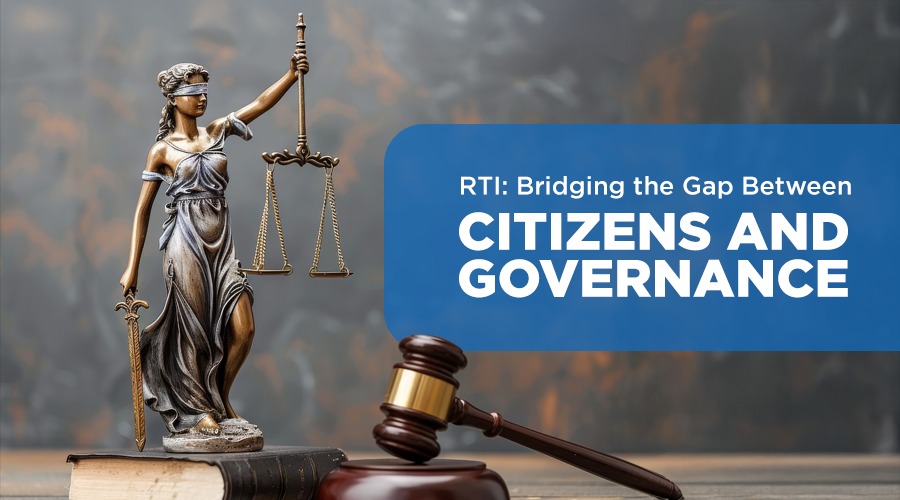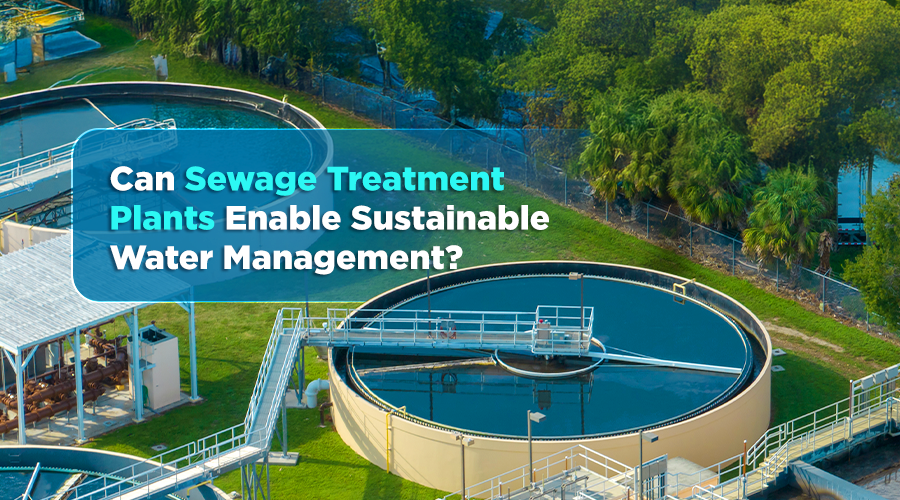Understanding Land Use and Greenspace in Urban Planning
How we plan our land use at the city level is connected with green space, clean air, water security, how we move traffic, and several other foundational decisions that will have far reaching consequences on the future sustainability of our city.
We believe that allocating a land use based metric for greening the city – 33% green cover in Bengaluru by 2030, will set us on a path of proactive planning and accountability towards creating a healthier city.
While we advocate for land use reform, we have developed a toolkit for citizens to carry out successful urban forestry / tree planting projects based on science. See below and join us!
Quick Guide to Successful Urban Forestry in Bengaluru
Did you know?
Bengaluru’s green cover has reduced from 70% to less than 3% in the past 50 years.
Join us in a city-wide effort to reverse this and create thriving urban green spaces in Bengaluru!
-
Identify land for planting:
Almost any space- large or small can be planted with the right species!
- Fill the Google Form (access through link below) from BBMP’s Koti Vruksha Sainya (KVS) initiative and identify the location where you would like to plant
- KVS will help you get permission for planting on the land if possible
-
Build a green team with family, neighbors, and friends in your community!
You will need community support to –
- Prepare the land
- Plant the saplings
- Ensure the plant stays alive and healthy by fencing it and watering it for 3 years
- Raise some funds for the above activities
- You can engage your local corporator and ward committee too!
-
Read the Urban Forestry Handbook for Bengaluru
Get (access free pdf through the link below) to learn more about how you can help create a green city successfully by using scientific best practices.
-
Select the right species for your space
(access-list through the link below).
-
Take care of your plant for at least 3 years!
Many times, trees don’t survive because of a lack of care. To avoid this, assign one person per plant/few plants to protect it, water it regularly, and help it succeed!
-
Last step
Enjoy the benefit of a greener city and be proud of your work!
Access the resources mentioned above (free) through this link –
Resources include –
- Google form to identify locations for planting
- Urban Forestry Handbook for Bengaluru, which includes a species list for different types of locations and use cases – English and Kannada.



